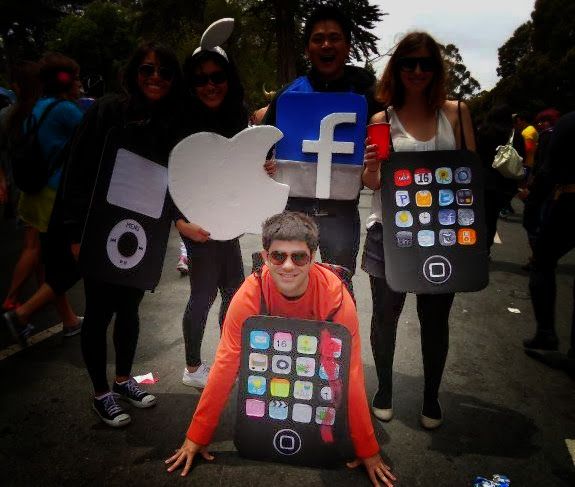Apple acquired today a one-man startup called SnappyLabs for an undisclosed amount.
The startup makes just one product: A 99-cent iPhone app called SnappyCam.
Apple hasn’t said why they acquired SnappyLabs, and probably won’t say. But such an acquisition would make sense as both an aqui-hire of founder and sole employee John Papandriopoulos (pictured), who has a PhD in electrical engineering, and also an IP purchase of the amazing thing that Papandriopoulos built.
Here’s what Apple bought and why it makes perfect sense that they bought it.
SnappyLabs claims that SnappyCam takes iPhone pictures at 20 to 30 frames per second, which is several times faster than Apple’s own app can.
SnappyCam used a freemium model, with the for-pay version (SnappyCam Pro) costing 99 cents before Apple took the app offline this week.
The technology behind this feat is a very good signal and image processing system that took a year of research followed by a year of coding to create, according to reports.
SnappyCam works by capturing the pictures at very high speed, buffering them, then processing those pictures with a JPEG compression technology that’s really fast.
To achieve SnappyCam’s amazing feats of image processing, Papandriopoulos re-wrote the JPEG codec by studying the code developed in the 90s for image compression, then used what he learned to hand-code (partly in in assembly) a new algorithm for processing on ARM NEON.
SnappyCam performs other tricks, too. For example, it can zoom 6x, change the aspect ratio of your shots and geo-tag photos, among other things.
It works the way most of these rapid-shot apps do: You hold down the on-screen shutter button and it takes pictures as fast as it can. The speed depends on which iPhone you have, what resolution you set it at, and so on. SnappyCam specializes in taking very fast, very high-quality photos, and lots of them at go.
I can’t wait to see how fast an Apple-optimized, 64-bit version will be.
Papandriopoulos has claimed in the past that SnappyCam is the fastest camera app in the world. I don’t know if that’s true or not. But the real question is: Why are fast pictures so important that Apple made a rare acquisition to grab SnappyCam?
What’s so great about fast picture taking?
I’ve used fast-camera apps on phones in the past, and I find them so compelling that it’s now the main way I take pictures.
But with Apple likely to integrate this capability into its own iPhone app, the possibilities are exciting.
1. Better pictures. The SnappyCam Twitter slogan is: “Imagine that impossible, perfect shot. Every time. On your iPhone.” Pictures are better because you don’t have to worry about timing, for starters. If there’s action — say you’re taking pictures of your dog catching a Frisbee — rapid-fire shutter apps will deliver the money shot with the dog in the air and a millisecond from closing his fangs on plastic. But pictures are improved even for shots where nothing is really moving — say, group pictures where everyone is posing. If you take ten shots, one of them will be best. You post the best one, delete the rest, and suddenly you’re a kick-ass photographer.
2. Animated GIFs. It would be trivial for Apple to add an animated GIF feature, which is more watchable and easier to post on social media than a video.
3. Photo tricks. Google is way ahead on automatically applying effects to photos. Google+’s Auto Awesome can do all kinds of things. For example, if you take two pictures of two people, with one person not smiling in one and the other person blinking in the other, Google+ will strip these photos for parts and create a new one where both mouths are smiling and all four eyes are open. Google+ turns a sequence of shots (the kind you would take with a fast-shutter app) into panoramas, animated GIFs and even “action” pictures where the subject is shown many times in the same photo (here’s the best example I know of).
The combination of ultra-fast, high-quality picture taking, plus other software tricks that automatically create appealing pictures that can be easily shared, would enable Apple to retain iPhone’s lead as the world’s most popular camera — and this in an era where competitors are creating amazing photo tools both on phones and in the cloud.


